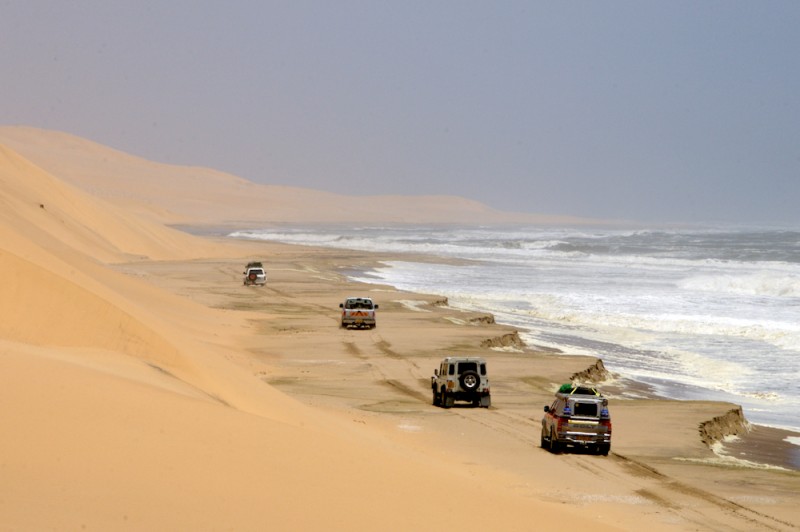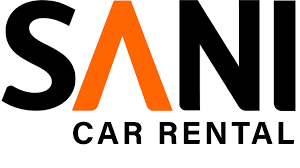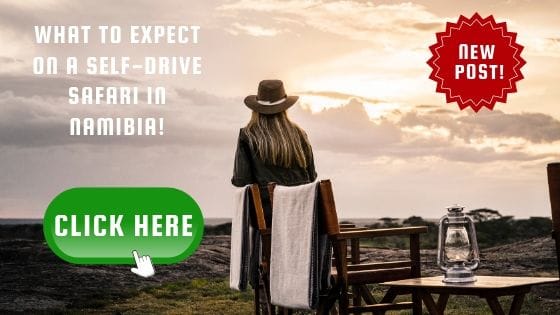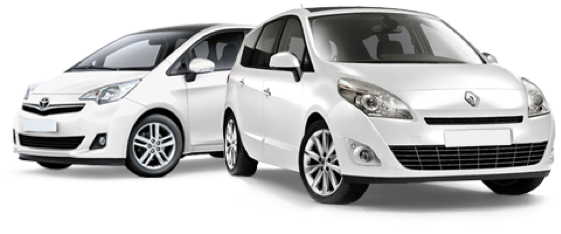Destination explained
 The Skeleton Coast begins just north of Swakopmund and runs roughly 200 km to the Ugab River and the start of the Skeleton Coast National Park, and then another 500 km to the Angolan border. As you drive north, the featureless coastline is marked off in miles from Swakopmund – Mile 28 fishing area, Mile 72 campsite, etc. The first 124 miles to the Ugab River Gate, pass one fishing spot after another and the main road hugs the coastline, with sand and stone 4×4 tracks running along the beach. Once you enter the Skeleton Coast National Park it’s not permitted to drive on the beach, although there are still a few designated fishing spots and viewpoints. Rusting shipwrecks and sun-bleached animal skeletons litter the shoreline, giving the coast its evocative name.
The Skeleton Coast begins just north of Swakopmund and runs roughly 200 km to the Ugab River and the start of the Skeleton Coast National Park, and then another 500 km to the Angolan border. As you drive north, the featureless coastline is marked off in miles from Swakopmund – Mile 28 fishing area, Mile 72 campsite, etc. The first 124 miles to the Ugab River Gate, pass one fishing spot after another and the main road hugs the coastline, with sand and stone 4×4 tracks running along the beach. Once you enter the Skeleton Coast National Park it’s not permitted to drive on the beach, although there are still a few designated fishing spots and viewpoints. Rusting shipwrecks and sun-bleached animal skeletons litter the shoreline, giving the coast its evocative name.
Highlights of the region
Fishing and shipwreck hunting are the two main activates along The Skeleton Coast. Most of the many hundreds of shipwrecks have already been completely destroyed, leaving only a few dwindling hulks still visible. Cape Cross Lodge and St Nowhere Spa and Campsite have the best accommodation south of the Ugab River, and there’s camping at Torra Bay and chalets at Terrace Bay, which is the furthest north you can drive without a guide.
Practical + driving advice about the region














